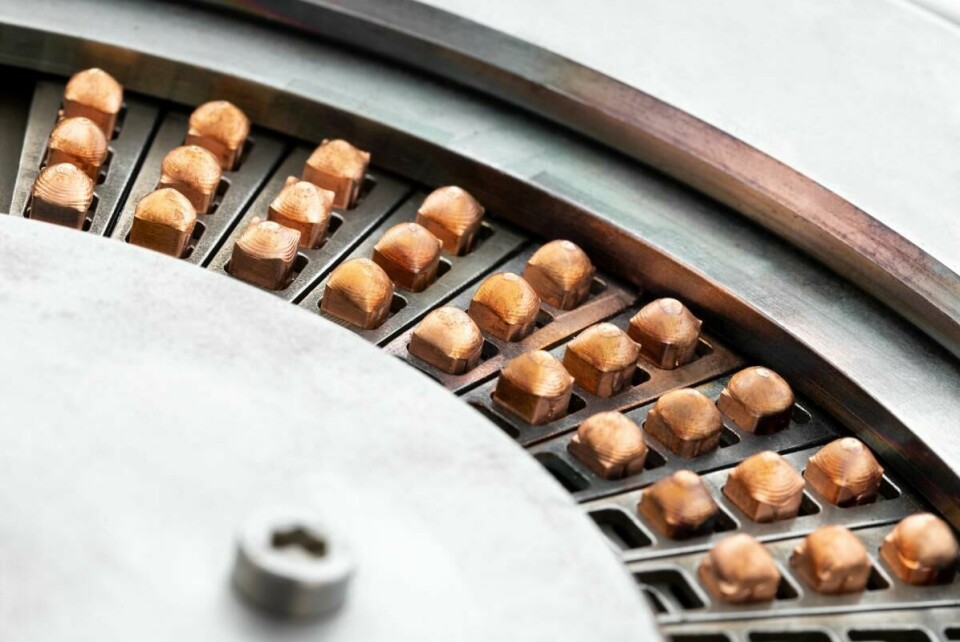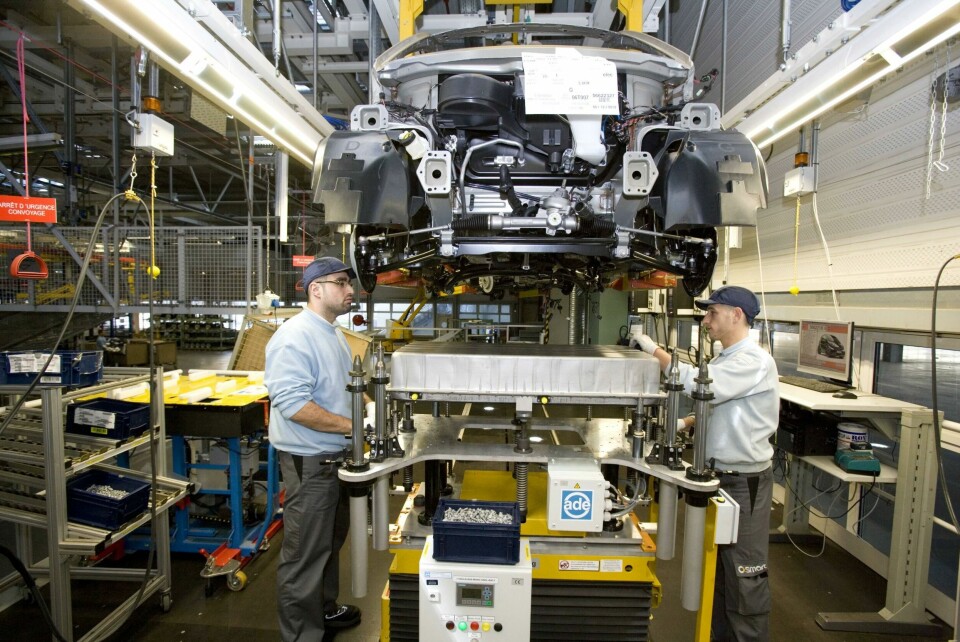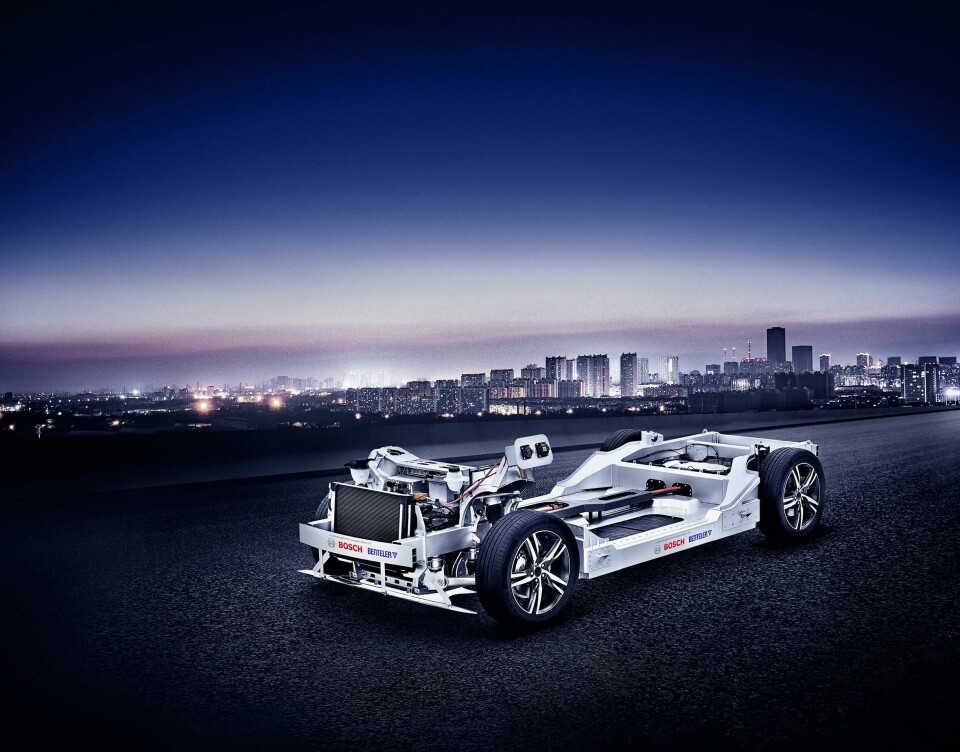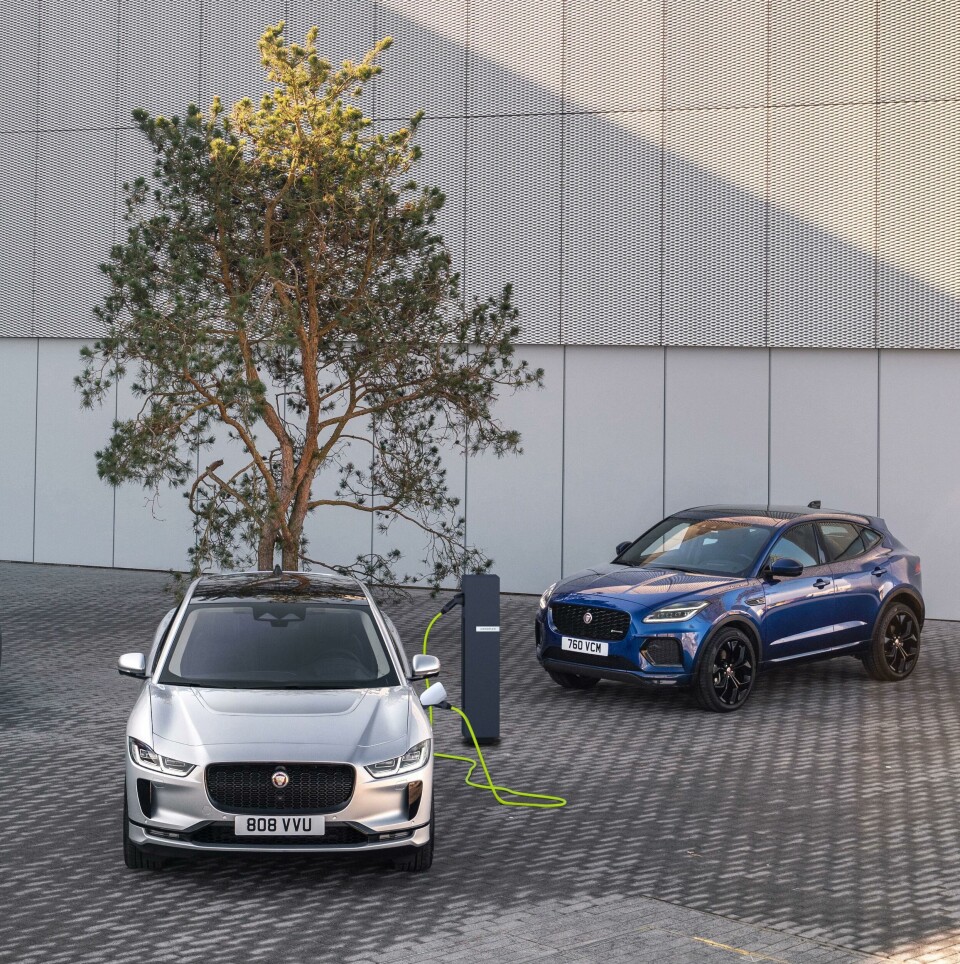EV drivetrains inspire new production processes
Boosted by the rapid shift towards electrification, powertrain production is finding new efficiencies. Götz Fuchslocher found out how manufacturers and suppliers are upgrading everything from soft- and hardware, to their processes and their staff

Talk about car manufacturing and chances are most people will picture bodyshells being welded together. That’s fitting, as the mother of joining techniques mirrors very well what is going on in the field of automating automotive production generally. And there is still plenty of progress to be made in that area, since experts continue to find new applications for the reliable and easily reproduceable technique.
Digital electron-beam welding for hairpin stators
One example is electron-beam welding (EBW), as it has been used in ICE vehicles for years. EBW specialist Pro-beam also sees the technique as a valuable technology for EVs, as it produces high-quality welding seams with minimal heat production. It is already proving its worth in the lean production of disc valves, such as those used for turbocharger wastegates, as that demands high repeatability and a process that doesn’t require any auxiliary materials.
“Over several years of research and development work, we have further developed our technology and systems so that we would be the first company to be able to weld components for EVs with using EBW,” explains Thorsten Löwer, head of research and development at Pro-beam.

EBW is used, for example, in hairpin stators for electric motors, where up to 300 copper pins need to be connected. According to the experts, EBW is particularly suitable for such applications because, unlike other beam methods, there are no light-optical effects. Furthermore, the 100% digital process enables consistent weld bead geometry. And even with height offsets of more than a millimetre, a precise result can be achieved.
In addition, the electron beam should also prove useful for welding the squirrel cage rotors of electric drives. Thanks to the reliable and stable deep welding process, it can achieve the required welding depth of over 60mm in just one pass.
A huge part of an EV’s total value is contained in the battery pack, and German laser technology company Raylase says that it is already working with customers on cutting electrode foils for battery production, on contact welding of different battery cell formats, and on welding aluminium components.
Lightweight supply chain
Key to maximising EVs’ range is tackling their weight problem and that means getting creative with materials including high-strength steels, aluminium and increasingly, plastics. Plastics company Pöppelmann created a specialised division called K-Tech ten years ago to work with Daimler subsidiary ACCUmotive on a project to develop components for the electric Smart’s battery packs. The plastic frames that locate and isolate the battery cells boast high fire resistance, compact and precise construction, as well as high dimensional stability in order to cope with cells expanding and to prevent any other unwanted reactions.

The company emphasises that most of the Smart Electric Drive 3 cars, which used Pöppelmann’s components, are still on the road, indicating that the battery frame is doing its job. Thanks to the experience with the electric Smart, Pöppelmann has been chosen by a manufacturer of luxury sedans to supply the cell frames for the upcoming EV.
These frames will be manufactured using a two-stage injection moulding process (2K) that allows two different types of plastics, each with their own desirable characteristics, to be joined together. The 2K process allows for a solid connection of the two materials and can be done as part of the forming process, so that there is no actual assembly, which also eliminates the need for any further processing of the part.
Training the people
Clearly, then, it has paid off for those companies who got into EV manufacturing early, as the transition takes more than just technology investment. Experience with conventional powertrains may be an asset, but it doesn’t all transfer. That is why drive technology and electrification solution provider Vitesco Technologies is going all-out on re-training employees from traditional drive development for electrification technology.
Since 2017, around 840 of its employees have taken part in the so-called Electrification Program, which is organised in partnership with universities and colleges. Another 460 employees are currently taking part in training courses or will start shortly. Vitesco’s chief human resources officer Ingo Holstein comments: “We see continuous learning as a central prerequisite for successful transformation, and that is more important than ever before.”
In January, around 100 of Vitesco’s employees at its Italian site in Pisa finished the programme, something that didn’t come a moment too soon, as plant general manager Riccardo Toncelli says that the site has been severely affected by the transformation, being a producer of mainly mechanical components for ICE vehicles. He adds that thanks to this training offering, the company will be able to really capitalise on its strengths, which include its advanced know-how on Industry 4.0.
“We see continuous learning as a central prerequisite for successful transformation, and that is more important than ever before.”
The training for the Italian unit took place in partnership with the University of Pisa, and the employees and the employer contribute equally to the time invested in the certificate course. According to Vitesco Technologies, the working hours that have been invested in training have tripled over the past year. To run the training programme in Germany, the powertrain division works with the Ostbayerische Technische Hochschule, the Industrie- und Handelskammer (IHK) Regensburg, the IHK Cham, the Frankfurt University of Applied Sciences, and the Fachhochschule Dortmund, and it is planning further partnerships with other higher education institutions.
Production flexibility
Benteler’s philosophy is to start from standard components and make them suitable for electrified drivetrains. EVs require different approaches and engineering concepts to ICE vehicles, particularly for the battery, the high-voltage control units, the components allowing rapid charging, safety and the electric drivetrain itself. However, “For a lot of our products, it makes no difference which type of drivetrain they are for,” says Marco Kollmeier, vice-president business unit e-mobility. “85% of our components are not influenced by the type of propulsion, regardless of whether it’s an ICE vehicle, an EV, hybrid, or hydrogen vehicle.” However, as a process specialist, Benteler does tailor to customer requirements when it comes to production capabilities.

Together with Bosch, Benteler has developed a ‘Rolling Chassis’, both as a showcase for the technology both companies have in their arsenal, as well as a development platform and as a base for production cars. The platform is for a car with all-wheel drive and 400hp in the D- to F-segment. Since development of the platform started, Benteler has found that the market has gained a demand for EV platforms for the smaller B- and C-segments as well and development for that is now under way as well, with a focus on cost-efficiency and robust design.
The spectrum of potential applications is very broad, says Kollmeier, adding the platform would be suitable for everything “from light and environmentally-friendly light goods vehicles for last-mile delivery services, to new concepts for local public transport such as partially and fully autonomous and barrier-free people movers. We are already involved in several development projects for the latter.”
EV and ICE on the same production line
At contract manufacturer Magna Steyr, mapping the increasing diversity in drivetrains is part of day-to-day business. For the last few years, it has been building the ICE and hybrid E-Pace and the EV I-Pace on the same line, despite the two models using different platforms. Key to making that work has been taking design for manufacturing into account early on in product development, because “the product defines the manufacturing process and the process defines the production equipment,” says Erwin Fandl, vice-president manufacturing at Magna Steyr.
That includes making the appropriate adjustments to all production stages and implementing a suitable degree of automation. Suitable, rather than as high as possible, because for contract manufacturing, reducing the one-off costs is a crucial factor.
Fandl explains: “That is why we are pursuing a consistent equipment strategy. When it comes to modifications or the integration of new systems, the focus is on short integration times with low integration costs, an economically manageable degree of automation and sustainability. In order to use the systems over several product life cycles, we have established a holistic TPM management – Total Productive Maintenance – in order to guarantee reliable running for a long lifecycle.”
The multi-OEM strategy enables Magna Steyr to meet the requirements with the greatest possible flexibility and efficiency. “As much as possible together – as little as necessary apart,” Fandl sums up. He adds that this philosophy allows Magna Steyr to offer its customers the entire portfolio of a one-stop shop.

Introducing the high-voltage components of electrified vehicles to the production line does require some changes, and in particular places new demands on the qualifications of employees. In terms of infrastructure, they require stronger security measures in storage areas and corresponding emergency plans.
The areas where producing EVs and ICE cars on one line introduces challenges, is in the testing stations and testing procedures, as well as in the charging infrastructure for the high-voltage batteries. As well as introducing more trim levels, having different drivetrain concepts also increases the complexity in the assembly, since the number and nature of the different assembly steps become increasingly more different between the cars going down the line.
What keeps the variation manageable, especially in the area of the marriage, is to get involved in the product development process early on and insist on design for manufacturing. Fandl explains: “We achieve the best results through close collaboration between product development and production in order to incorporate the expertise of all departments during the vehicle development.”
This article originally appeared on our sister publication, Automobil Produktion


